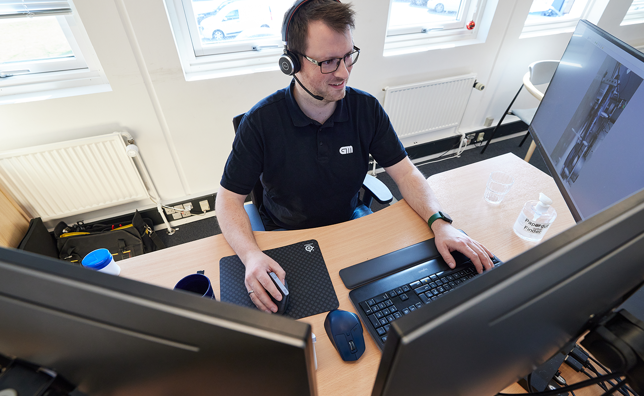Functional Lamination of OPV Solar Cells
Here are some of the most crucial capabilities:
1. Precise Temperature Control
Maintaining a precise and consistent temperature during lamination is essential to ensure proper bonding of materials. Variations in temperature can lead to defects and reduced cell performance.
2. Uniform Pressure Application
The R2R machine must apply uniform pressure across the entire surface of the laminated materials. Consistent pressure ensures even distribution of adhesive and minimizes the risk of air bubbles or delamination.
3. Adjustable Pressure Settings
Different materials and lamination processes may require varying levels of pressure. The machine should allow for adjustable pressure settings to accommodate these specific needs.
4. Customizable Dwell Time
Dwell time refers to the duration of time that the materials spend in contact with each other under heat and pressure. Customizable dwell time is crucial to tailor the lamination process to different materials and thicknesses.
5. Heat Source Variability
OPV solar cells can be sensitive to heat. The machine should be capable of accommodating various heat sources, such as infrared (IR) radiation or hot rollers, to suit the specific requirements of the OPV materials without causing damage.
6. Real-Time Monitoring and Control
The ability to monitor and adjust temperature, pressure, and other parameters in real time is crucial for maintaining lamination quality and preventing defects.
7. Defect Detection and Rejection
Incorporating defect detection systems that can identify issues during lamination, such as air bubbles, wrinkles, or material misalignment, is essential. The machine should have the capability to reject defective products automatically.
8. Material Handling and Alignment
Proper handling and alignment of the materials, as they enter the lamination process, is crucial to prevent misalignment and ensure consistent lamination quality.
9. Compatibility with Various Substrates
OPV solar cells may be applied to various flexible substrates, so the machine should be versatile and compatible with different substrate materials, sizes, and thicknesses.
10. Automation and High Throughput
To meet large-scale production demands, an R2R lamination machine should be highly automated and capable of high throughput. This reduces labor costs and increases efficiency.
11. Quality Assurance and Traceability
Implementing quality control measures and providing traceability through data logging is essential to ensure the consistency and reliability of the lamination process and the final product.
At GM Functionals. We have been laminating for 40 years and have the knowledge required to build custom lamination machines for OPV solar cells.


